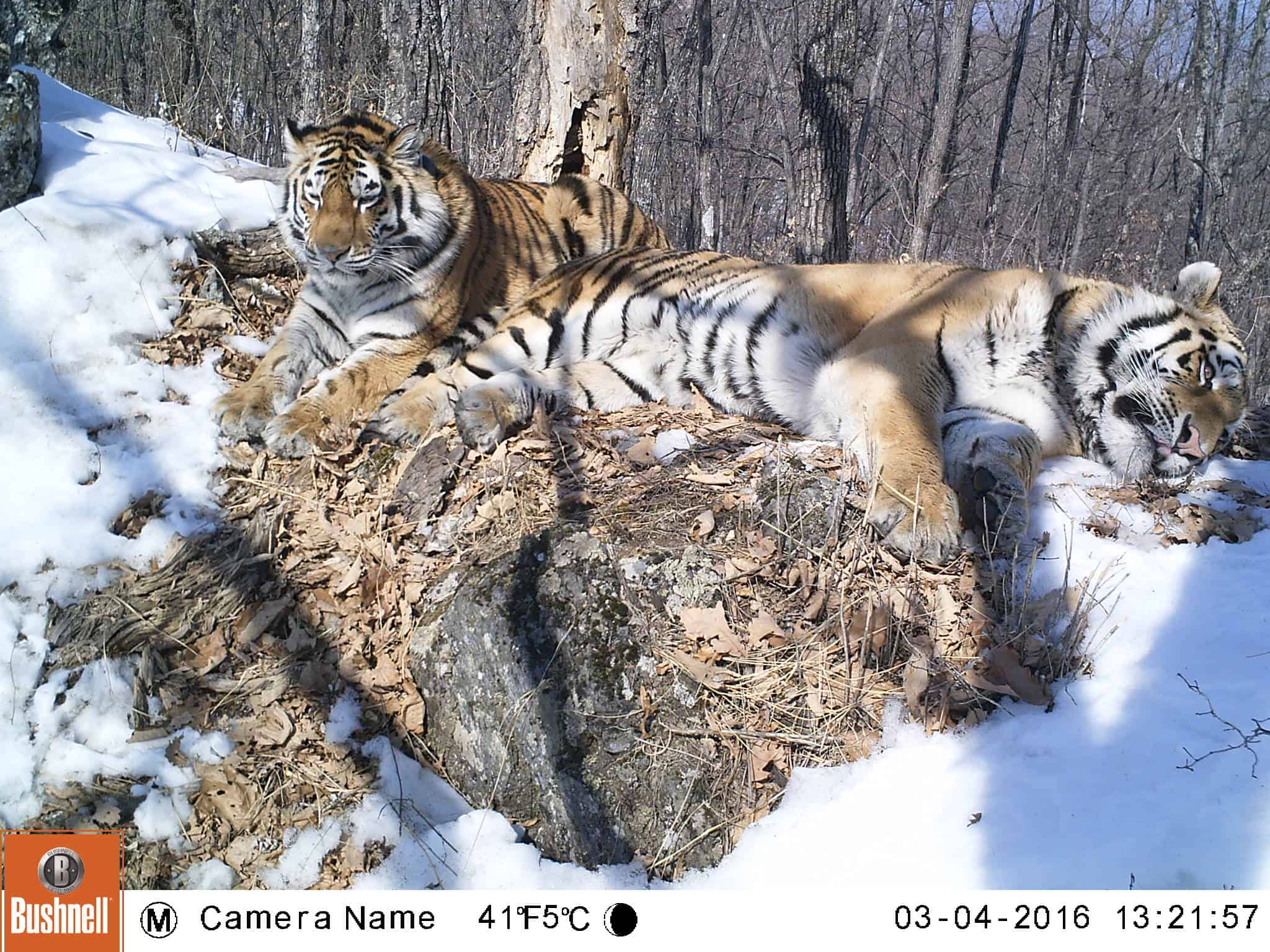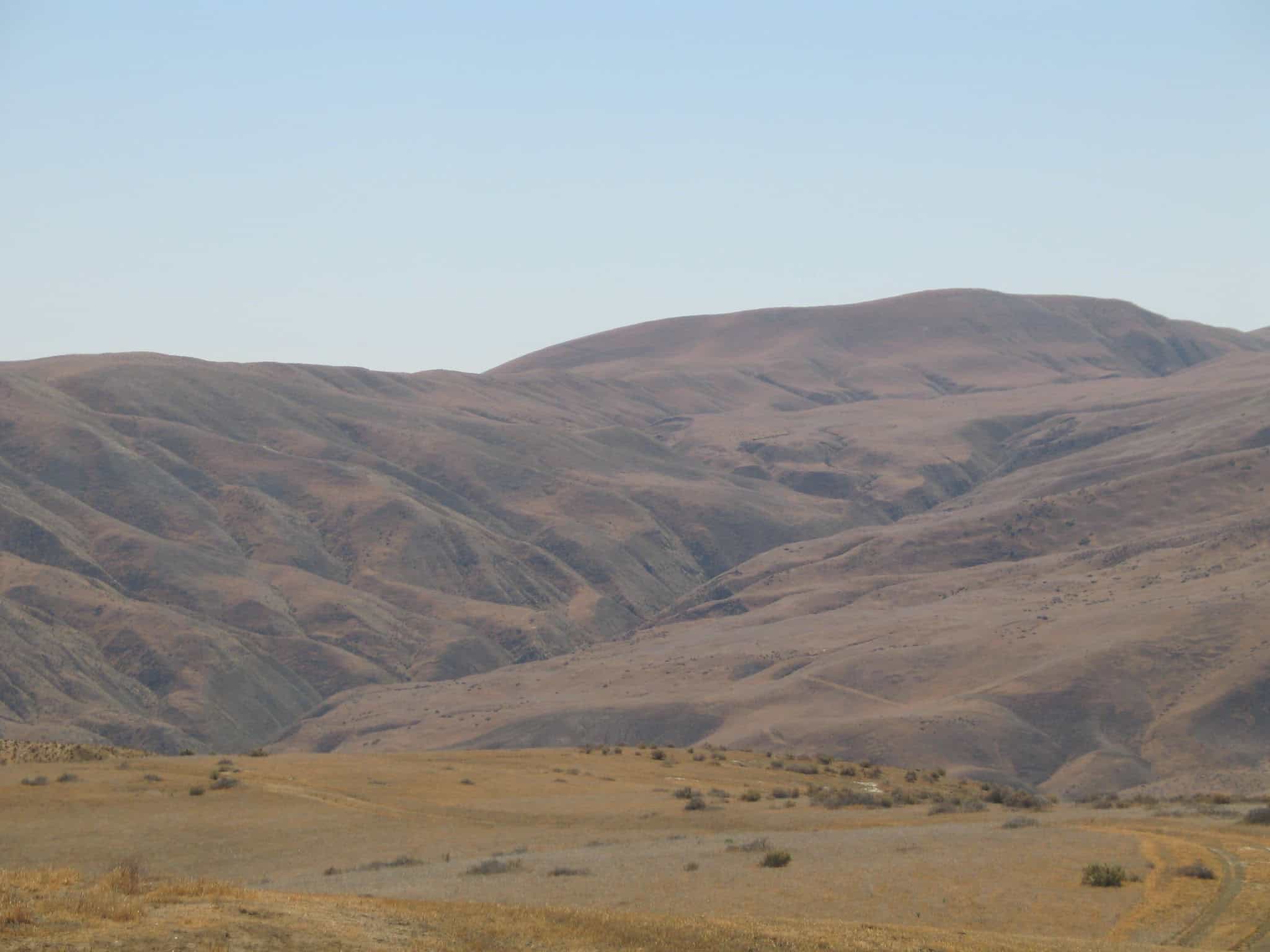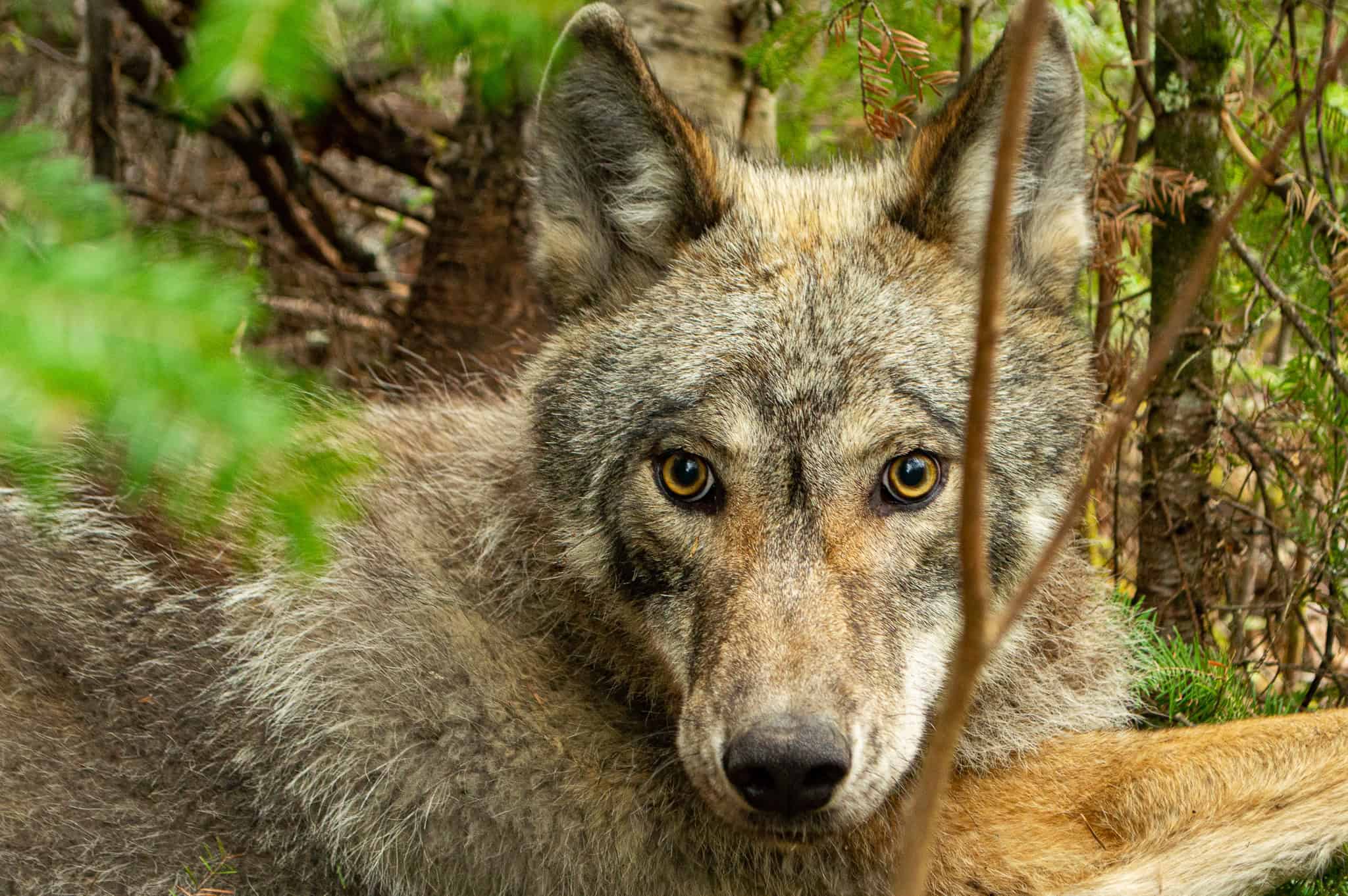Share this article
Court reverses Idaho trapping decision in Canada lynx case
A U.S. District Court has overturned its 2016 ruling that directed the state of Idaho to modify trapping regulations in northern regions of the state to protect Canada lynx (Lynx canadensis).
The Canada lynx has been listed as a threatened species under the Endangered Species Act since 2000. Very little is known about the current population viability of this species, but it is thought to be fairly stable throughout its range. The Idaho population is estimated at less than 100 individuals.
Concern surrounding the incidental take of this species in traps intended for bobcats (Lynx rufus) in Idaho resulted in a 2014 lawsuit filed by four organizations, including WildEarth Guardians and the Center for Biological Diversity. In January 2016, the court ruled in favor of the plaintiffs and mandated that the Idaho Department of Fish and Game propose a plan to conserve lynx within areas they are known to inhabit, notably the Panhandle and Clearwater regions in the northern part of the state.
The IDFG and the Idaho Trappers Association urged the court to reconsider the ruling.
“It’s a backdoor way of trying to shut down trapping,” ITA president Rusty Kramer told the Associated Press. “A lot of this is uneducated people thinking these foothold traps are killing animals. It’s just catching them by the paw, and they can be turned loose.”
In late January, the District Court reversed its 2016 decision. The reversal hinged on a new explanation from the U.S. Fish and Wildlife Service, which demonstrated that it does not impose a penalty on the incidental take of a lynx that is released unharmed. Defendants also presented evidence showing the limited number of incidental captures historically – just four reported cases.
The court concluded that the lack of penalty significantly reduces the risk of the illegal take of the species and that trapping should be allowed to resume.
Header Image: ©Eric Kilby








